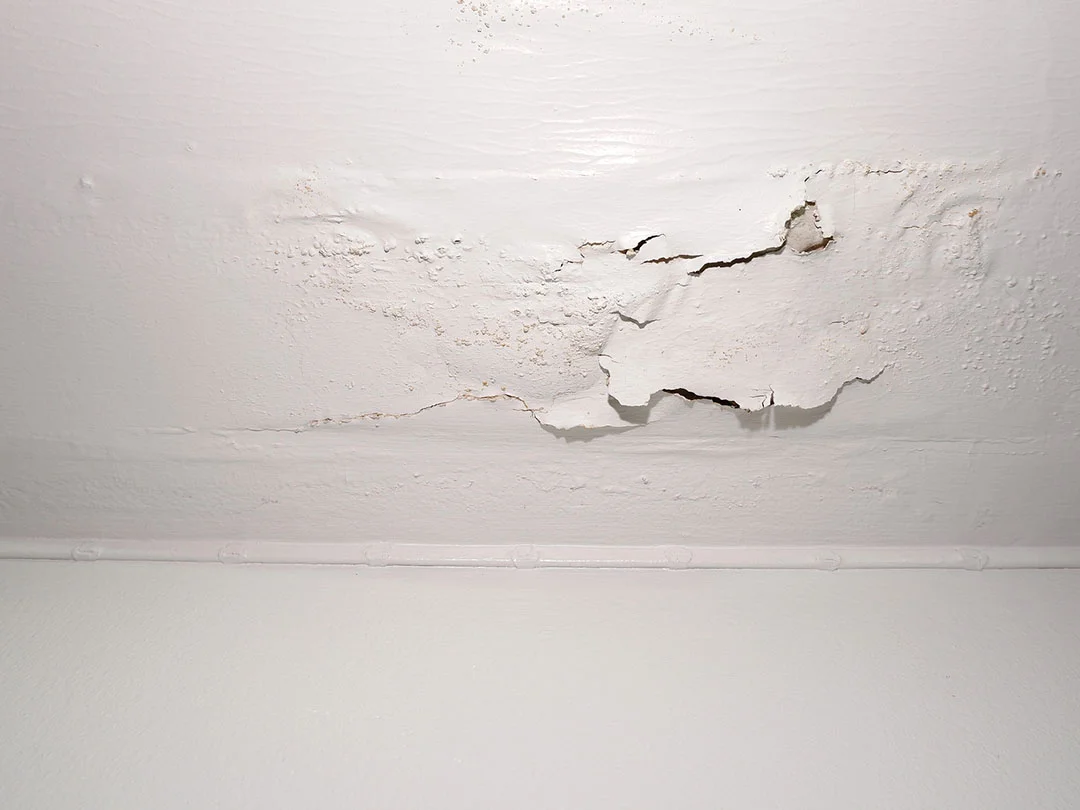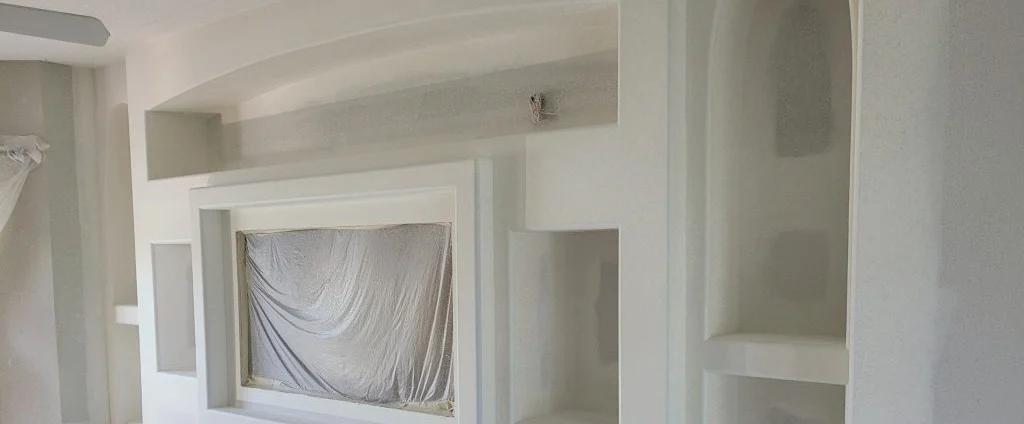
Homes and businesses in the Tampa Bay area can be significantly impacted by severe weather for an extended period. Water can get in through roof leaks, heavy rain, and strong winds. The water can damage both visible and invisible areas, including ceilings and drywall. A small drip can quickly lead to sagging ceiling panels, a weakened structure, and discoloration that makes the space look and feel less comfortable. When such destruction happens, knowing what to do and who to call can make a big difference.
Damage from storms and water is more than just a hassle. It weakens your ceiling, damages drywall, and can even encourage mold growth if left unattended. The first step in making a home or business safe and beautiful again is to make repairs quickly and professionally.
Knowing the Signs of Damage
It may be easy or hard to see signs of water damage after a storm. If your ceiling tiles are stained, warped, or have soft spots, that means water has gotten in. If your ceilings are made of drywall, you might see paint that is bubbling, cracking, or drooping. If you smell something musty, it could mean that there is moisture behind the ceiling materials.
Drywall is especially weak because it soaks up water easily. It starts to break down and lose its shape after being soaked. In extremely hazardous situations, parts of the wallboard or ceiling may collapse. To prevent further damage, you need to act quickly and seek professional help to assess and repair the problems correctly.
Why repairs by professionals are important
It might seem like a quick fix to patch a stain or replace a ceiling tile, but a closer look is often needed to determine how much water has seeped in. Trained technicians know where to look for signs of dampness and structural problems that may not be immediately apparent. Professional ceiling repair services ensure that all affected areas are repaired, not just the ones that are visible.
When you fix something, you often have to do more than just replace tiles. The grid system that supports the ceiling may need to be strengthened, or the insulation above the ceiling may be damaged. To ensure that drywall ceilings are stable and safe, damaged boards often need to be removed, thoroughly dried, and then reinstalled.
How to Fix Things
The first step in a comprehensive ceiling and drywall repair is to inspect the areas that require attention. This means figuring out where the water came from, like a roof leak, a burst pipe, or a storm that got in. To prevent mold or mildew from growing, the area must be thoroughly dried using heavy-duty fans and dehumidifiers.
The repair process is different for each material once it is dry. In drop ceiling systems, technicians remove and replace tiles that are stained or broken, inspect the grid system, and examine any wiring or HVAC components that may have been affected above the ceiling.
For ceilings made of drywall, the steps are to cut out the damaged parts, install new drywall, tape and mud the seams, sand the surface until it is smooth, and then repaint it. This ensures that the ceiling appears smooth and that the structure is once again firm.
The Importance of Checking and Preventing
Preventive maintenance is crucial for preventing recurring damage. Property owners should have their roofs and ceilings inspected regularly, especially after storms, and follow up on any necessary repairs. Identifying small leaks or cracks early can help prevent bigger problems from occurring later.
Also, think about using materials that are resistant to moisture when it makes sense to do so. There are special ceiling tiles and drywall that can protect buildings or areas with high humidity from water damage. A professional can help you select the most suitable materials for your space.
Picking the Right Person to Fix Things
When repairing ceiling damage caused by storms or water, it’s essential to have experience and pay close attention to detail. A team of professionals will repair your ceiling and ensure it lasts for a long time. A quick response, high-quality materials, and expert work all contribute to making the recovery process go smoothly.
In the Tampa Bay area, homeowners and businesses often hire contractors who are familiar with Florida’s stormy seasons. It’s always best to get help right away, whether you have a small leak or a big ceiling failure.
Visit Ceiling Solutions Fast to find out more about how professional ceiling and drywall repair can keep your home safe from long-term damage. Their team provides professional services throughout Tampa Bay and is ready to handle projects of any size with care and efficiency.
Picture Credit: Depositphotos


